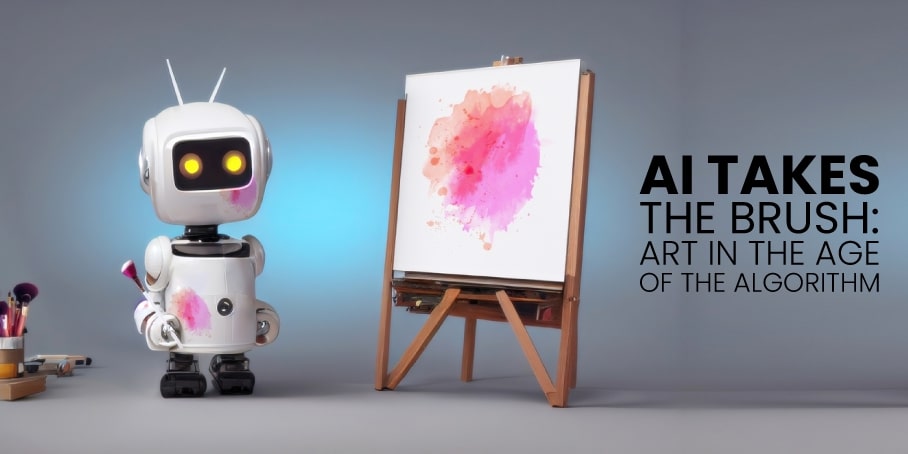
The Canvas Reimagined: AI and Art in a New Era
The lines between artist and machine are blurred. The following is a corrected version of the text you provided: "No longer is the concept solely limited to Science Fiction." Artificial Intelligence (AI) is rapidly transforming the art world, sparking fascination and controversy. From generating photorealistic landscapes to composing hauntingly beautiful symphonies, AI's creative potential is undeniable. But what does this mean for the future of art and the very essence of human creativity?
A Brushstroke of the Algorithm:
AI art manifests in various forms, each pushing the boundaries of artistic expression. Generative models like Artbreeder and Dream by WOMBO create stunning visuals based on text prompts and existing artwork. Tools like GauGAN2 by Google allow users to paint with AI, transforming simple brushstrokes into detailed landscapes and portraits. Deep learning algorithms can mimic the styles of renowned artists, like Van Gogh or Picasso, producing eerily accurate replications Music composition tools like Amper Music and Jukebox can create original pieces in diverse genres, from classical symphonies to electronic dance music. AI can even write poetry and scripts, blurring the lines between human and machine-generated storytelling.
Beyond Mimicry: Collaboration and Co-creation
While some fear AI replacing human artists, the true potential lies in collaboration and co-creation. "AI is a potent instrument for overcoming many challenges and achieve great things." creative blocks generate new ideas and expedite artistic processes. Imagine an artist using AI to create variations on a theme, explore different styles, or even receive real-time feedback on their work.
The Human Touch in the Age of Machines:
Despite the remarkable capabilities of AI, it's important to remember that art is more than just technical proficiency. The human touch - the emotions, experiences, and unique perspective of the artist - remains irreplaceable. AI can generate aesthetically pleasing works, but it lacks the soul and intention that imbues truly great art.
The challenge lies in harnessing AI's power to augment, not replace, human creativity. Artists can use AI as a springboard for inspiration, a means to explore uncharted creative territories, or a tool to refine their existing skills. Ultimately, the human artist remains the director, the curator, the one who breathes life into the machine's output.
The Ethical Canvas: Copyright, Ownership, and Bias
As AI art evolves, so too do the ethical questions surrounding its creation Who holds the copyright to an artwork generated by AI? This question pertains to the issue of ownership. programmer who created the algorithm? The user who provided the prompts? Or is it a collaborative effort deserving shared ownership? These legal and philosophical complexities remain unresolved, demanding ongoing discussions and careful consideration.
Furthermore, AI algorithms are trained on vast datasets of existing artwork, potentially replicating and amplifying existing biases. It's crucial to ensure that AI art promotes inclusivity and diversity, representing a multitude of voices and perspectives rather than perpetuating harmful stereotypes.
A Future Painted with Pixels and Possibilities:
The future of AI in art is an open canvas filled with both possibilities and challenges. "As artificial intelligence technology keeps improving, we can anticipate further advancements in the future." even more groundbreaking forms of artistic expression. AI may one day compose symphonies that move us to tears, write poems that capture the essence of human experience, or create visual masterpieces that redefine our understanding of beauty.
It's a future where human and machine creativity interweave, pushing the boundaries of what art can be. But amidst the technological marvels, let us remember the human heart that beats at the core of artistic creation. What is art without emotion, soul, or the unique spark that ignites within us?
So, let us embrace the AI revolution in the art world, not with fear but with curiosity and collaboration. Let us use this powerful tool to expand our creative horizons, celebrate diversity, and paint a future where art transcends the limitations of the human and the machine, leaving the world a little more vibrant, a little more inspired, and a whole lot more beautiful.